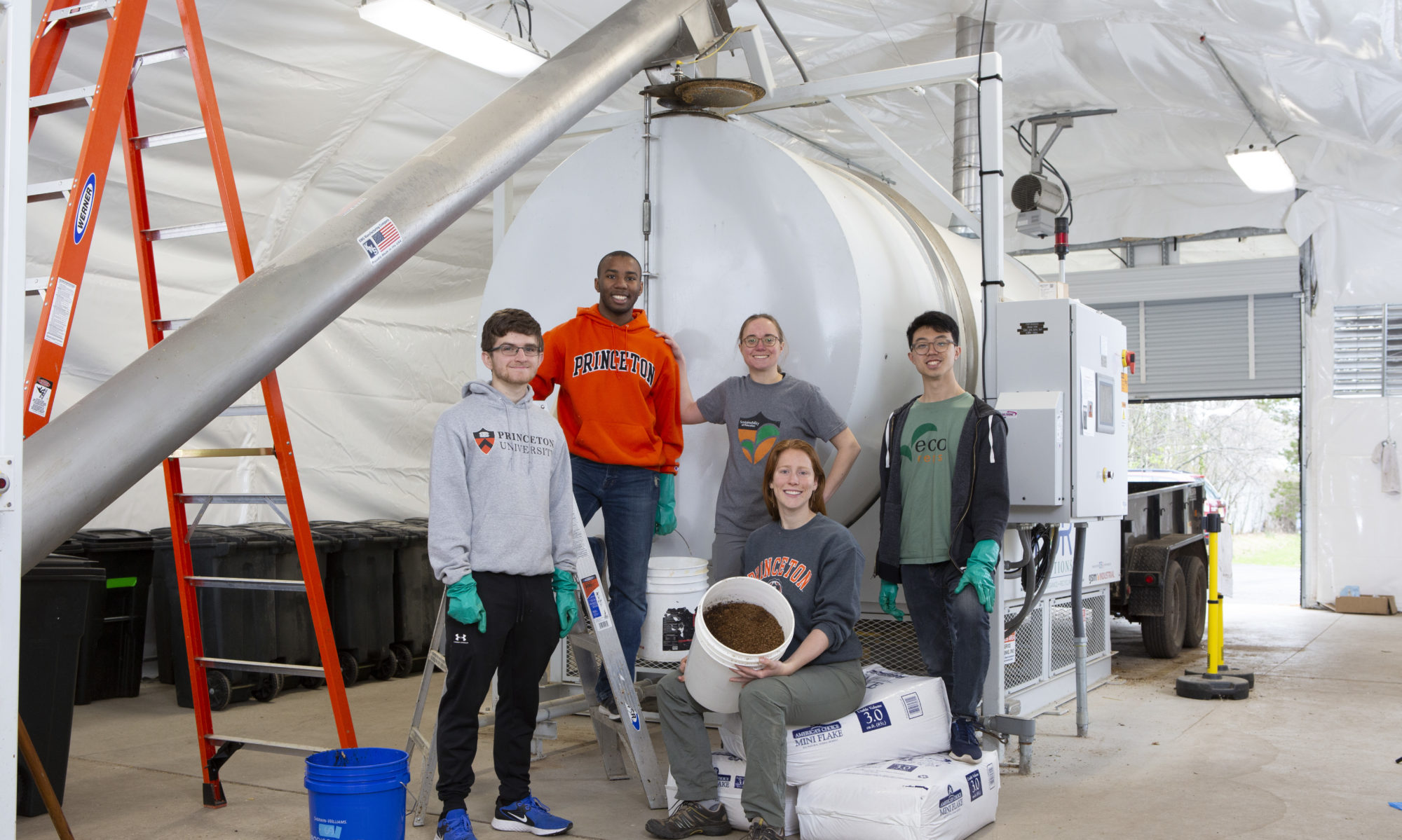
“SCRAPPY” – the composting system’s personified nickname
In big news, the S.C.R.A.P. Lab celebrated its 1-year anniversary! We’ve come a long way since that first loading session 365 days ago and want to thank FOR Solutions, our multiple campus partners, and of course our dedicated student assistants in this team effort as we navigated the first year of operations. Now we are in a better place to fine-tune operations in Year 2.
Some of the early highlights of the project over the last year include:
- 20 students have served as operational assistants (12 currently active), representing 10 different academic disciplines
- Research
- 1 Junior Paper, and 1 Senior Thesis planned (so far) for this year
- 2 Dean for Research Innovation grants (engaging 6 additional students)
- 5 courses integrated site visits and/or analysis of the compost
- High municipal engagement – Many of the town officials, including the Mayor, have toured the facility and have decided to replicate something similar by voting to purchase MetLife Stadium’s unused in-vessel composting system.
- State government interest: working with Public Affairs we have already had state elected officials visit (with more coming this Fall) so that we can inform the broader legislative process that will incentivize food scraps diversion from landfill for all of New Jersey
- Partnering with Campus Dining to test different foodservice wares for compostability, and adjusting their procurement practices accordingly
- Anticipated lawn and grounds maintenance benefits (superior to the existing yard debris composting program), with promising implications for compost “tea”
- 27 active blog readers – YOU!
- 5 short videos (see Media page) produced by the Office of Sustainability; 2 videos produced by NJ.com during the ribbon cutting ceremony in January 2019
Weekly Data (9/6 – 9/12)
See below for last week’s data which can also be viewed in person at the Greenspace in Frist Campus Center (100-level):
| Total Food | Academic/Residential Buildings | Campus Center/Cafes | Wood Shavings (BA/CS) | % BA/CS | Compost Off-Loaded | GHG Emissions Saved (MTCO2-eq) | |
| 9/6 – 9/12 | 3,287 | 123 | 3,164 | 1,054 | 32% | 3,600 | |
| Cumulative (lbs) | 122,743 | 2,422 | 120,321 | 39,220 | 32% | 111,600 | 36 |





















